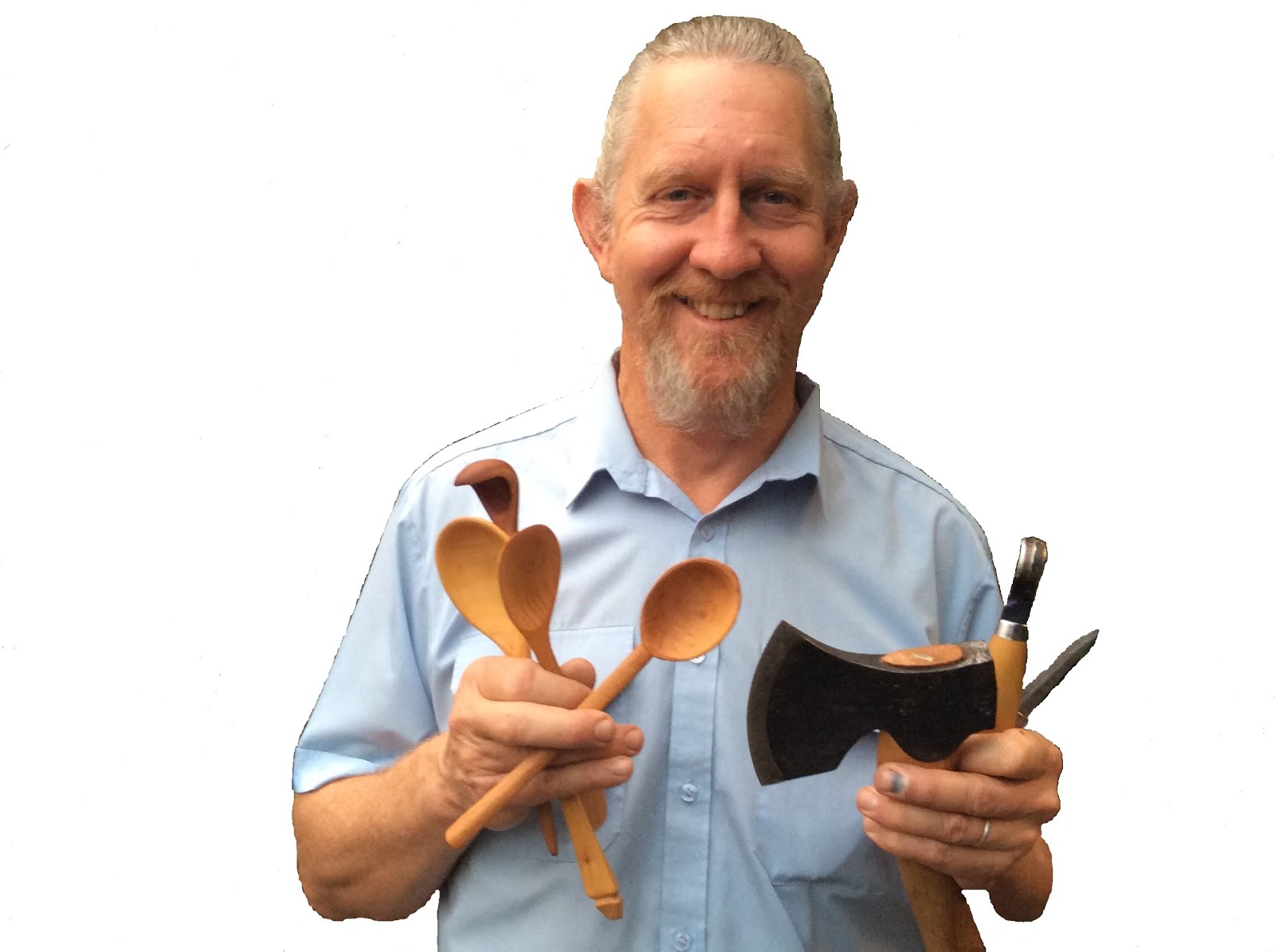I had been looking for another No7 Jointing plane for my group participants to use. I came across one at my local markets recently, which I snapped up for AUD $50. A good price for a "user"- but there was something about this plane which seemed odd, and I just couldn't put my finger on it at the time. There were several indicators which told me this was an old plane.
Stanley bought the patents for the adjustable metal plane from Leonard Bailey in the 1860s. The name Bailey was later cast into the plane bases in front of the knob in honour of Mr Bailey. The name Stanley does not appear anywhere on the plane, except for on the plane iron. The iron (blade) lettering says it was made in Australia by Stanley. The Stanley Works in Australia was located in the southern state, Tasmania.
DATING THE PLANE.
By digging around on the internet across a range of sites, I was able to put together a few clues as to the age of the plane. While I can't claim to be 100% accurate, I reckon the following information is pretty close to the mark. It may be of interest to you. I am always fascinated with old tools and the stories behind them. Of course, there is no way of knowing that all the parts are the original! Hence it is worth checking out a range of attributes of this mystery plane. Let's have a close look at it...
There are three patent dates on the plane base: March-25-02; August-18-02; April-19-10.
The frog design and the frog receiver cast and machined on the plane base was Stanleys third design, and was patented in 1902. This type was made between 1902 and the end of WWII. The first two dates relate to this improved design patent.
The third patent date was added to plane bases made between 1910 and 1918.
There is a low profile front knob.
Stanley started making the tall knob we are most familiar with about 1920, so this plane dates sometime before that.
The blade is laminated.
The laminated blades were made for decades right up to WWII. That piece of steel laminated onto the cutting end of the blade is incredibly hard! Re-grinding the bevel on my wet stone grinder took forever. Stanley called these "composite" blades. This one is of the version where the entire end of the blade was of the hard steel, rather than a thin layer bonded to the lower end of the normal steel of the plane iron.
The lever cap has a key-hole shaped hole.
During the 1930s, the lever cap was re-designed and patented, from the key-hole shape to the kidney shape.
That dates this lever cap before then.
So what is the verdict? The plane was made between 1910 and 1918. Is the iron the original one? Not sure - but I reckon everything else is original.
SOLVING THE MYSTERY.
While I knew it was old when I spotted it at the markets, there was something odd about this plane. When I got it home, I worked it out - when I put it next to my No7 (which was given to my Dad by his Father in 1945 when Dad started his Carpentry/Joinery apprenticeship.) Bingo!
 |
| The US made Stanley No7 in the background, and the "sawn off" No7 in the foreground. |
The mystery No7 was over 3 inches shorter than the other No7! I can only assume the plane was dropped on its tail at some stage, and the cast iron base has snapped across the tail. The owner did a fantastic job of re-shaping the end, just behind the "No 7" cast on the base. Such a good job that I didn't pick it. It's a bit short! That's why there was something odd about it... but it is still an absolute beauty to use!
Henceforth it shall be known as the "Sawn-off Seven".
.jpg)













